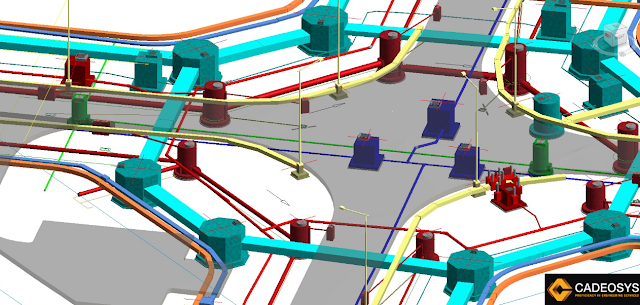WHAT
IS 3D ARCHITECTURAL RENDERING?
Architectural rendering is the art of creating two-dimensional images or animations
showing the attributes of a proposed architectural design.
It presents a virtual model
of the structure based on the design on the paper. Every aspect of the virtual
model is measured to scale in dimensions, shapes, colors or texture. 3D
rendering gives architects a precise and accurate picture of what can be
expected after the completion of the structure. The virtual 3D renders are
mostly presented as complex high definition photographs and videos.
FUTURE
OF 3D ARCHITECTURAL RENDERING
3D
technology has grown to a far extent over a few years. It is expected to grow
at a rate of 15% compounded annually. It also increased the scopes of
skyscrapers and towering monuments.
3D rendering technology is becoming more effective and efficient in the
architecture world in the near future as well. Rendering software are
continually dipping in price, becoming cost-effective, productive and consuming
less time and resource to produce quality models in 3D.
The future of 3D architectural rendering is going to bring
clusters of virtual buildings. Virtual reality is going to take the
construction sector to new heights. It utilizes virtual reality gadgets to help
architects create virtual versions of the proposed monuments. Through this
process, the buildings can be scaled and designed as planned.
BENEFITS
OF 3D RENDERING:
·
Easily show
concepts and options for a project
·
Precise and
accurate renderings
·
Virtual reality
·
Catch problems
before construction
·
Improves visual
communication
·
Cost effective
ABOUT CADEOSYS
Cadeosys is
a leading CAD | BIM outsourcing company in India specialized in delivering all
types of modeling. We can help you to achieve your required standard and bring
quality with best design and drafting.
Call: +91 9037963633
(INDIA) (804) 453-8494 (US)





